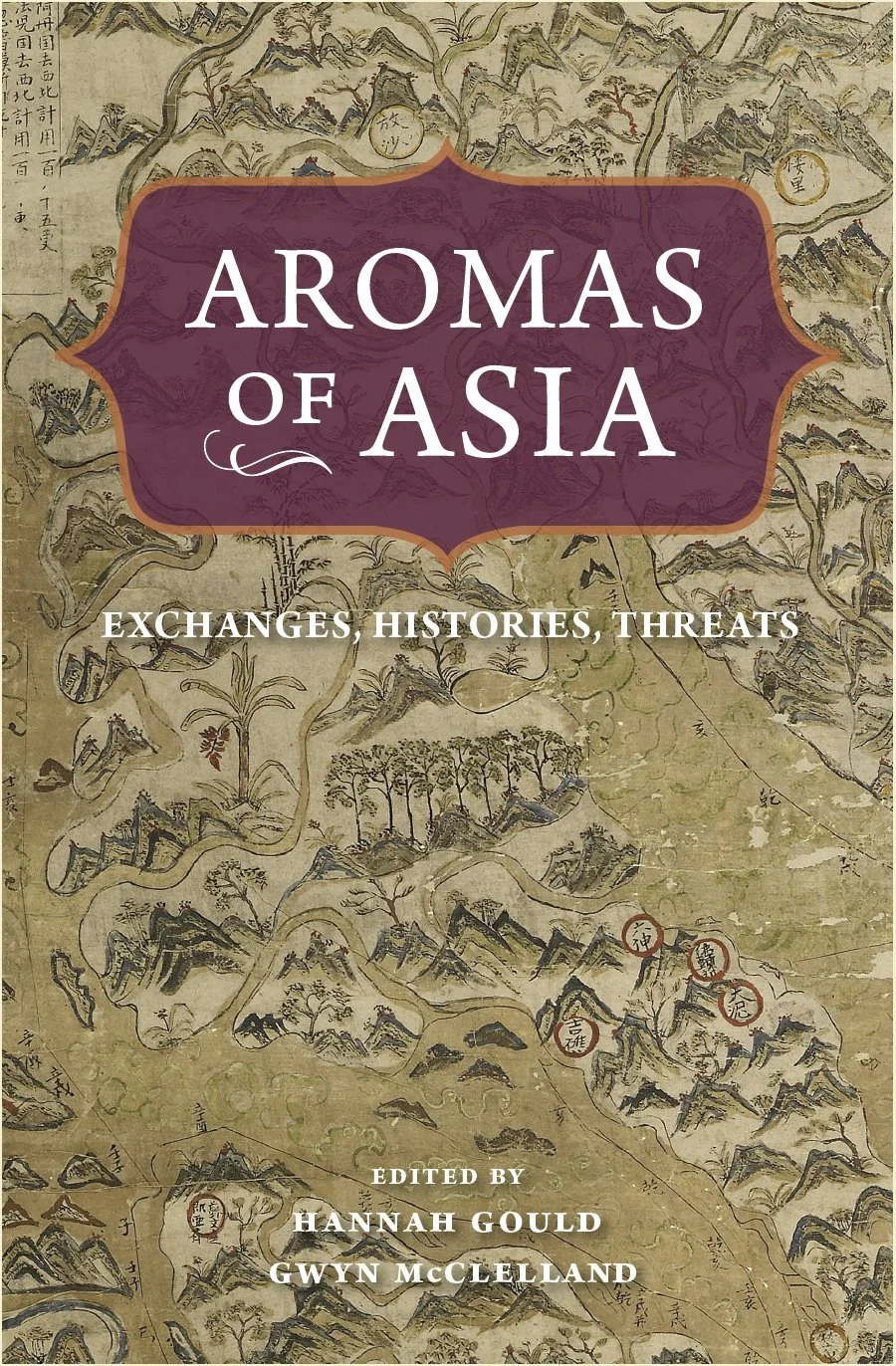When Death Falls Apart
Making and Unmaking the Necromaterial Traditions of Contemporary Japan
Through an ethnographic study inside Japan’s Buddhist goods industry, this book establishes a method for understanding change in death ritual through attention to the dynamic lifecourse of necromaterials.
Deep in the Fukuyama mountainside, “the grave of the graves” (o-haka no haka) houses the material remains of Japan’s discarded death rites. In the past, the Japanese dead would be transformed into ancestors through years of ritual offerings at graves and in the home at Buddhist altars called butsudan. But in 21st-century Japan, this intergenerational system of care is rapidly collapsing due to falling birth rates, secularization, and economic downturn.
Through the lens of this domestic altar, Gould asks: What happens when religious technology becomes obsolete? In noisy carpentry studios, flashy funeral showrooms, the neglected houses of widowers, and the cramped kitchens where women prepare memorial feasts, Gould traces the butsudan alongside the Buddhist lifecycle, exploring how they are made, circulate within religious and funerary economies, come to mediate intimate exchanges between the living and the dead, fall into disuse, and, maybe, are remade. Gould suggests how this form might be reborn for the modern world, from miniature urns inspired by sleek Scandinavian design to new ritual practices that embrace impermanence, such as scattering or the making of “bone buddhas”. Read against a long tradition of theorizing memorialization, Japan’s contemporary deathscape offers a case study of a different kind of necrosociality, based on material exchanges that seek to both nurture the dead and disentangle them from the world of the living.
Aromas of Asia
Exhange, Histories, Threats
A uniquely powerful marker of ethnic, gender, and class identities, scent can also overwhelm previously constructed boundaries and transform social-sensory realities within contexts of environmental degradation, pathogen outbreaks, and racial politics. This innovative multidisciplinary volume critically examines olfaction in Asian societies with the goal of unlocking its full potential as an analytical frame and lived phenomenon.
Featuring contributions from international scholars with deep knowledge of the region, this volume conceptualizes Asia and its borders as a dynamic, transnationally connected space of olfactory exchange. Using examples like economic exchange along the Silk Road; the diffusion of dharmic religious traditions out of South Asia; the waves of invasion, colonization, and forced relocation that shaped the history of the continent; and other “sensory highways” of contact, the contributors break down essentializing olfactory tropes and reveal how scent functions as a category of social and moral boundary-marking and boundary-breaching within, between, and beyond Asian societies. Smell shapes individual, collective, and state-based memory, as well as discourses about heritage and power. As such, it suggests a pervasive and powerful intimacy that contributes to our understanding of the human condition, mobility, and interconnection.
In addition to the editors, the contributors to this volume include Khoo Gaik Cheng, Jean Duruz, Qian Jia, Shivani Kapoor, Adam Liebman, Lorenzo Marinucci, Peter Romaskiewicz, Saki Tanada, Aubrey Tang, and Ruth E. Toulson.
魂に依るモノ モノを生む魂
日本の仏壇文化と葬送文化を研究する気鋭の文化人類学者ハンナ グールド氏が、 現代日本の仏壇と葬送をコロナ下の世界潮流の中で読み解く。 文化人類学の視点から、宗教・仏教・日本文化を理解するためのお勧めの一冊。


